Chilling horror classics that still send shivers down boomer spines.
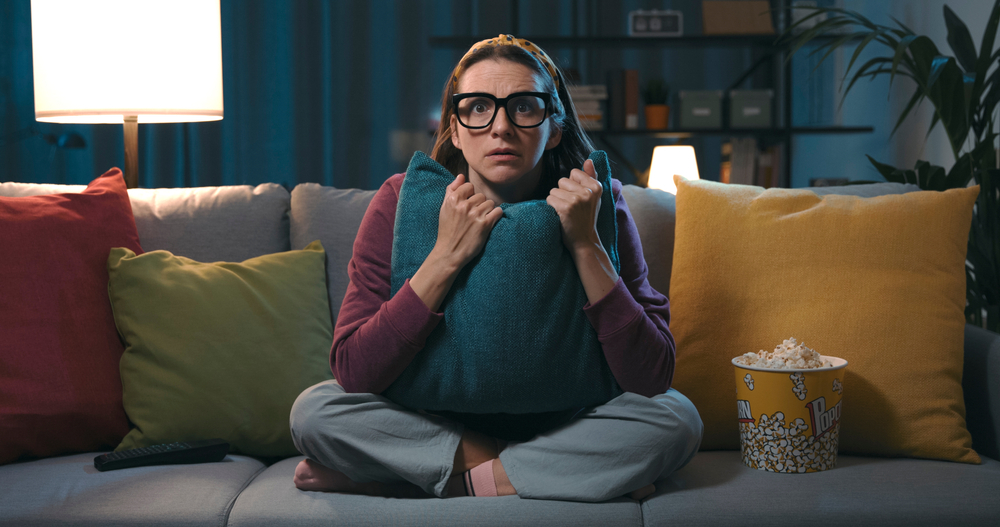
From blood-curdling slashers to eerie supernatural thrillers, the 1970s and 1980s gifted Baby Boomers a golden era of horror movies that were as unforgettable as they were terrifying. These films didn’t just rely on cheap scares—they built lasting dread through atmosphere, storytelling, and some of the most memorable villains in cinematic history. Watching them was often a rite of passage, marking the moment when innocent movie nights turned into sleepless ones.
For Baby Boomers, these horror classics evoke a mix of fear and nostalgia. They take us back to packed theaters and midnight showings, hushed whispers among friends, and the delicious thrill of being genuinely scared. Whether you’re rediscovering an old nightmare or experiencing it anew, these 13 spine-tingling horror films continue to haunt our collective memories and remind us why they’re still considered some of the scariest movies ever made.
1. The Exorcist (1973)
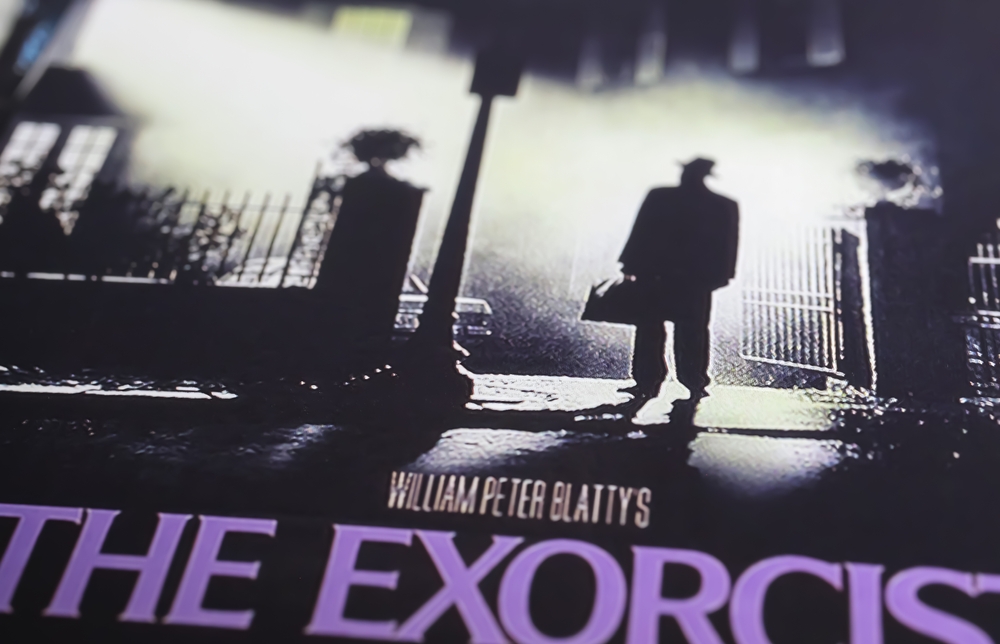
Few films have had the cultural and emotional impact of The Exorcist. The story of a young girl possessed by a demonic entity shocked audiences with its bold subject matter and unrelenting intensity, as reported by Anna Bogutskaya at BBC. Baby Boomers remember the film as a game-changer, not just in horror but in cinema overall. Scenes like the spinning head, levitation, and voice distortions were groundbreaking at the time and pushed the boundaries of what was acceptable in film.
The psychological toll of the story was just as profound. Loosely inspired by real-life events, The Exorcist struck a nerve with viewers who were raised with religious values or grew up fearing spiritual evil. The interplay between science, faith, and the unknown made it more than just a supernatural thriller—it became a terrifying exploration of the fragility of belief. Even today, it remains one of the most deeply unsettling films ever made.
2. Halloween (1978)
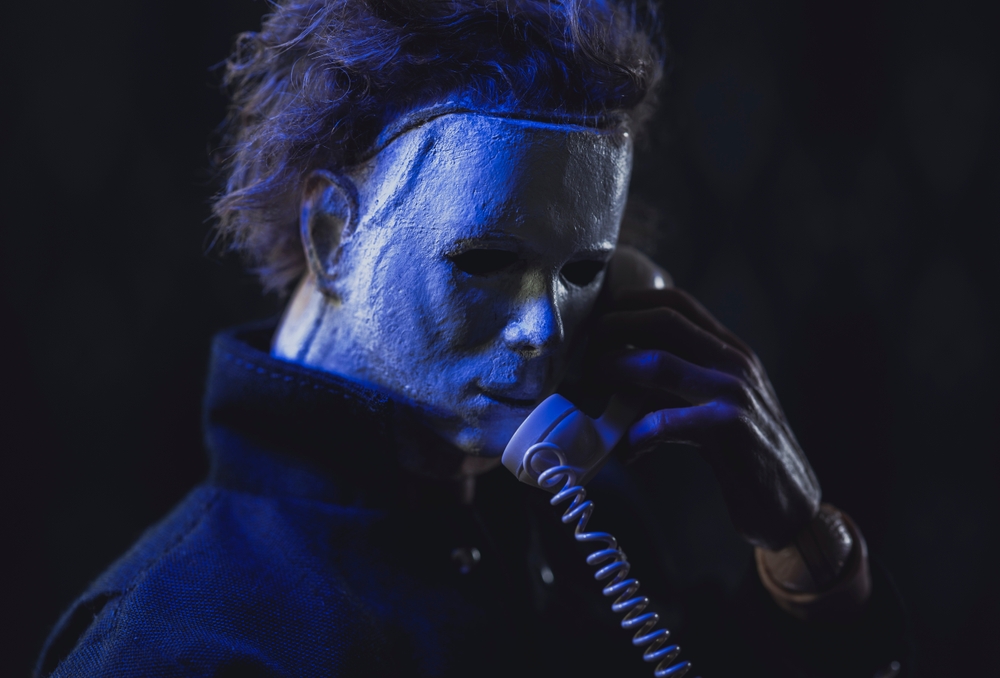
When Halloween was released, it changed the horror landscape forever. Michael Myers, the silent masked killer, became a nightmare incarnate. The film’s genius lies in its simplicity: an escaped mental patient returns to his hometown on Halloween night and begins a killing spree, as mentioned by writers at IMDb. But it’s the slow, creeping suspense and John Carpenter’s chilling score that elevate this film to legendary status.
For Boomers, Halloween was especially disturbing because it brought horror right to their front door—literally. The suburban setting felt familiar and safe until it was infiltrated by an unstoppable evil. With minimal gore and masterful tension-building, it forced viewers to confront the idea that horror could live next door. The film’s success paved the way for the slasher genre, but none have ever quite matched its nerve-racking dread.
3. The Shining (1980)
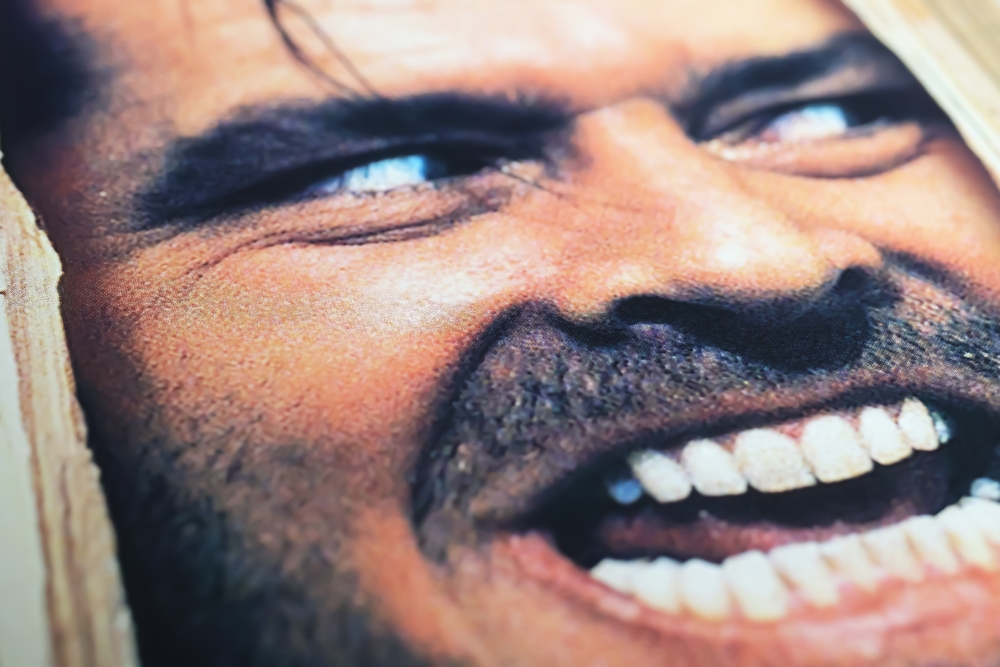
Stanley Kubrick’s The Shining is a masterclass in psychological horror. Based on Stephen King’s novel, the film follows Jack Torrance, a struggling writer and father who spirals into madness while serving as winter caretaker at an isolated hotel. The setting alone—the vast, echoing Overlook Hotel—created a sense of loneliness and claustrophobia that crept under the skin of viewers.
Baby Boomers were drawn in by the surreal atmosphere and the unforgettable performance by Jack Nicholson, whose descent into insanity was as mesmerizing as it was terrifying, as shared by editors at Speaker. The film didn’t rely on cheap thrills; instead, it planted seeds of unease and let them grow into full-blown terror. With haunting visuals like the twin girls, the blood-filled elevator, and the cryptic “REDRUM,” The Shining has stayed with viewers long after the credits rolled.
4. A Nightmare on Elm Street (1984)
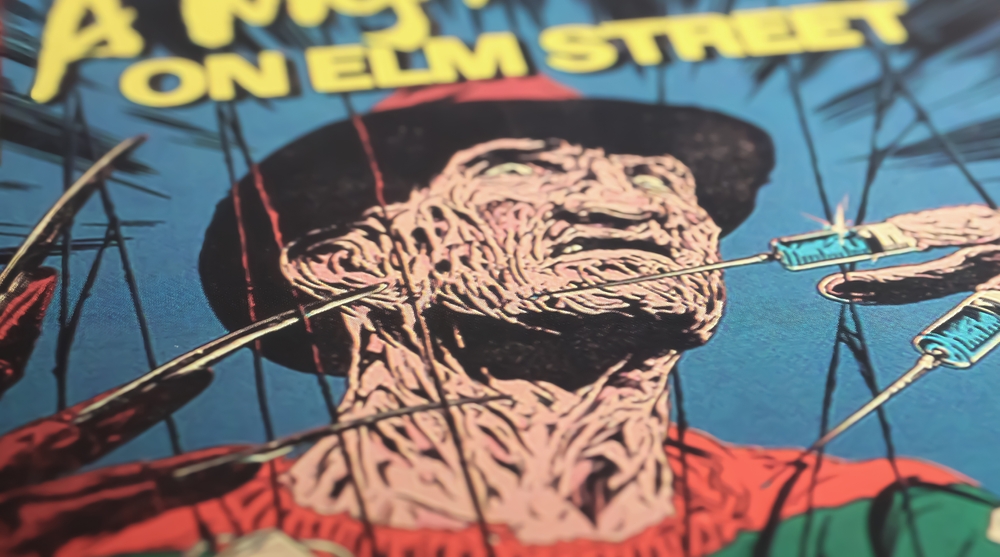
When Freddy Krueger first appeared, he didn’t just enter our nightmares—he defined them. A Nightmare on Elm Street introduced a killer who attacked teens in their sleep, merging dream logic with real-world consequences. The premise was as terrifying as it was brilliant: you couldn’t escape by staying awake, and falling asleep could be deadly.
Boomers remember the dread that came from the film’s unique ability to blur reality and nightmare. Freddy’s grotesque appearance, sardonic personality, and razor-fingered glove made him a horror icon. More than just a slasher, the film played with surrealism and tapped into deep, primal fears. It left audiences afraid of their own subconscious, and its influence on horror storytelling is still felt today.
5. Alien (1979)
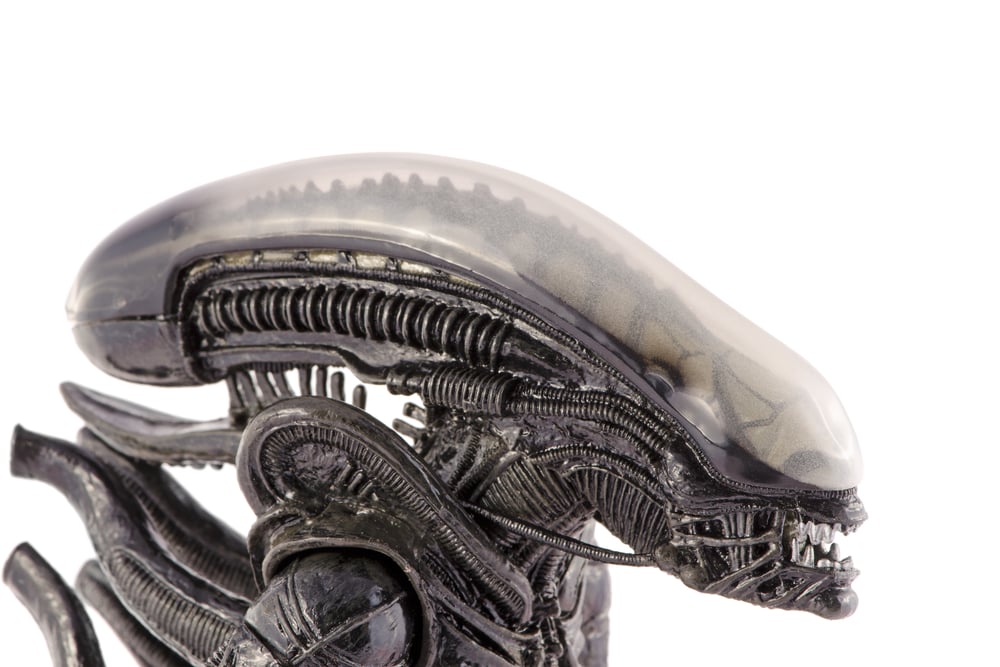
Ridley Scott’s Alien is often cited as a science fiction film, but at its heart, it’s pure horror. The story of a spaceship crew being hunted by a relentless extraterrestrial life form had Boomers gripping their theater seats. The tension was expertly crafted, with the first half of the film building dread through silence and atmosphere before unleashing the full terror of the alien.
What made Alien stand out was its blending of genres and the claustrophobic setting of the spaceship Nostromo. Baby Boomers were captivated by the slow-burn suspense and the groundbreaking special effects that brought the alien to horrifying life. Sigourney Weaver’s portrayal of Ripley, a strong and intelligent heroine, gave the film depth and redefined what a horror protagonist could be. Alien proved that fear isn’t bound by genre—it thrives wherever dread can grow.
6. Carrie (1976)
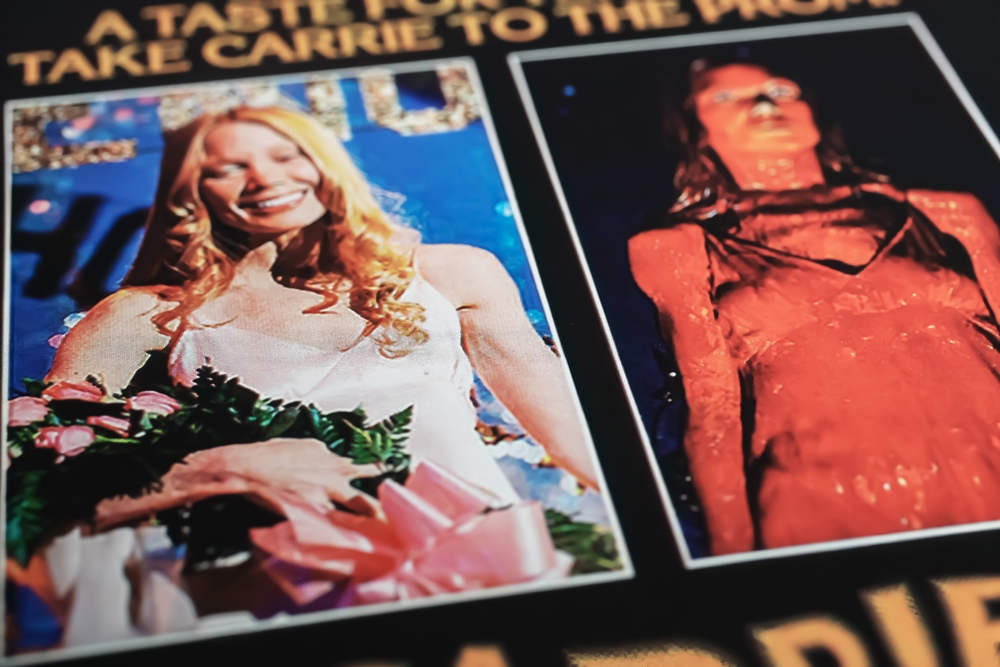
Stephen King’s Carrie hit a raw nerve with audiences, especially those who had ever felt like outsiders. The story of a shy, awkward girl with a deeply religious and abusive mother, who unleashes telekinetic chaos after being humiliated at prom, resonated with Boomers who understood the cruelty of adolescence. The slow buildup of sympathy and unease made her eventual eruption all the more devastating.
The film’s climax, with Carrie drenched in pig’s blood and taking revenge on her tormentors, is one of the most iconic scenes in horror history. Boomers didn’t just watch Carrie—they felt it. It tapped into themes of bullying, repression, and rage in a way that made the horror feel deeply personal. Even now, it serves as a haunting reminder of how pain, when bottled up, can explode with terrifying consequences.
7. Poltergeist (1982)
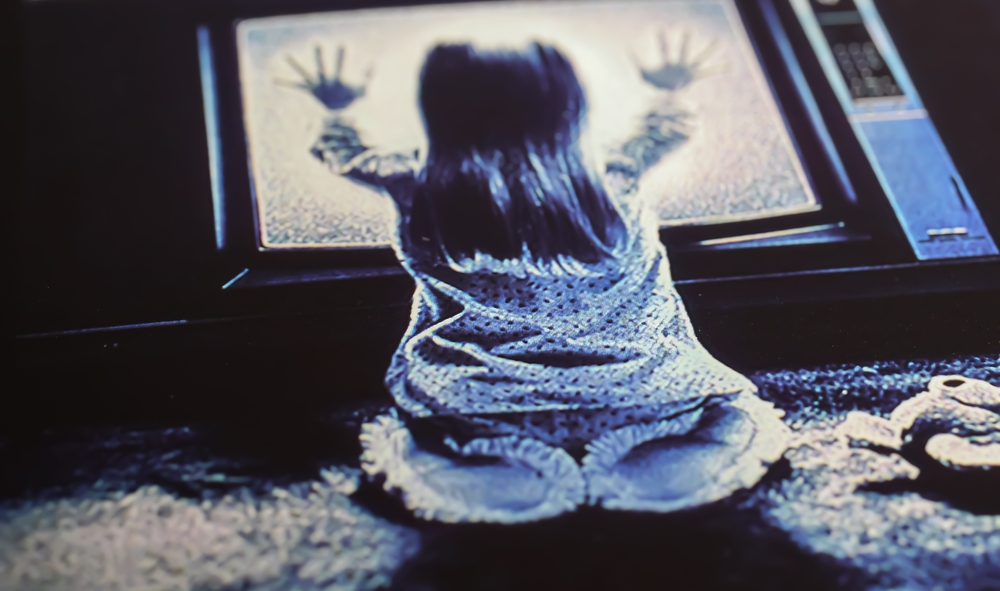
Suburbia was never the same after Poltergeist. Directed by Tobe Hooper and produced by Steven Spielberg, the film brought supernatural horror into the heart of the American family home. The story of a family whose house is haunted by malevolent spirits—and whose youngest daughter is abducted into another dimension—had Boomers questioning every flickering light and static-filled TV.
What made Poltergeist truly terrifying was how ordinary everything seemed at first. It wasn’t a haunted castle or dark forest—it was a modern, cheerful neighborhood. That relatability made the supernatural elements even more disturbing. The special effects were groundbreaking for their time, and the line “They’re here” still sends chills. Poltergeist reminded Boomers that horror could lurk behind even the most wholesome facades.
8. Friday the 13th (1980)
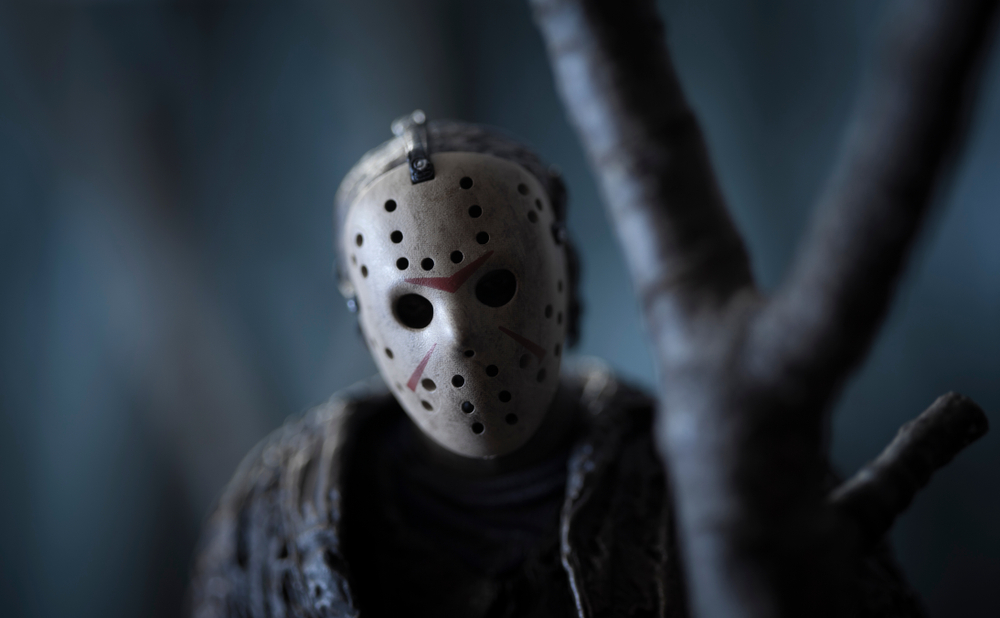
At a time when horror was shifting toward more visceral thrills, Friday the 13th arrived with a vengeance. Set at Camp Crystal Lake, the film follows a group of teenage counselors who are stalked and murdered one by one. Boomers were hooked by the formulaic yet effective setup, where isolation, sex, and youthful carelessness inevitably led to gruesome ends.
The twist ending—revealing the killer to be the grieving mother of a drowned boy—was both shocking and satisfying. But it was the introduction of Jason Voorhees in the sequel that turned the franchise into a juggernaut. The original film, with its eerie atmosphere and haunting score, captured the imagination of Boomers and helped establish the rules of the modern slasher movie.
9. The Texas Chain Saw Massacre (1974)
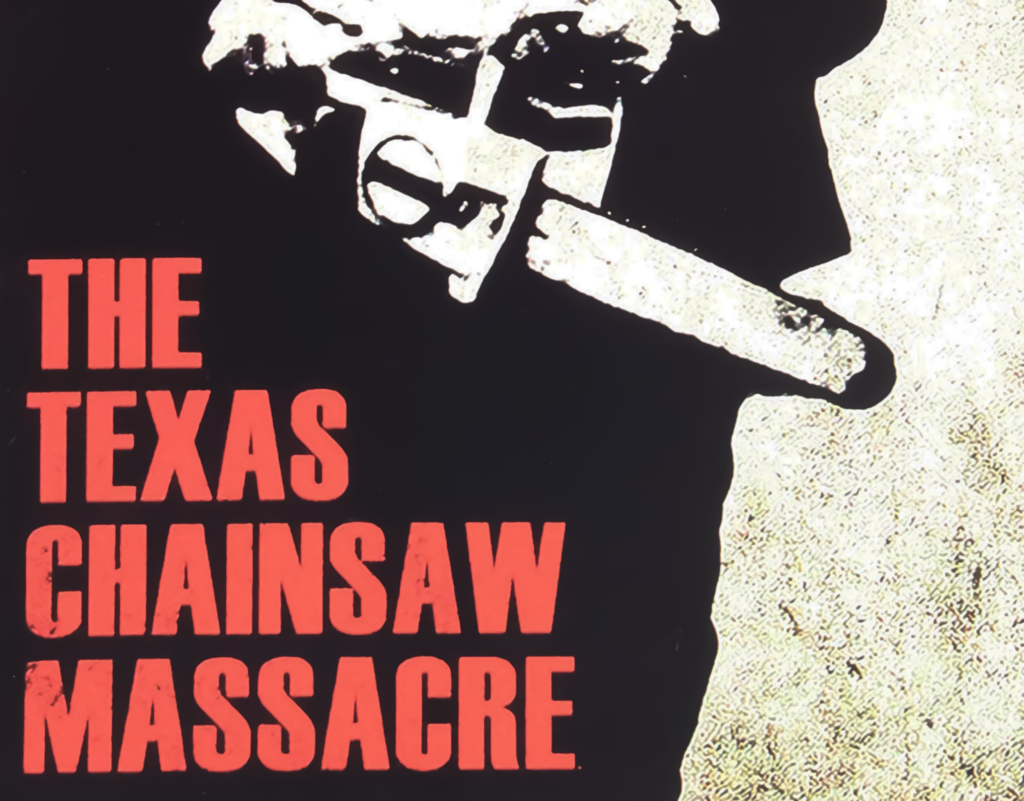
Gritty, raw, and unapologetically terrifying, The Texas Chain Saw Massacre felt more like a nightmare than a movie. Shot on a low budget, the film followed a group of friends who stumble upon a house of horrors—and into the clutches of the chainsaw-wielding Leatherface. Boomers who saw it in theaters remember the unrelenting sense of dread that began early and never let up.
Unlike slick Hollywood productions, this film had a documentary-like realism that made the violence feel all too real, even though much of it was implied rather than shown. The sun-drenched, dusty setting added to the sense of disorientation. Texas Chain Saw didn’t just scare Boomers—it traumatized them. Its legacy as one of the most disturbing films ever made is still secure.
10. The Omen (1976)
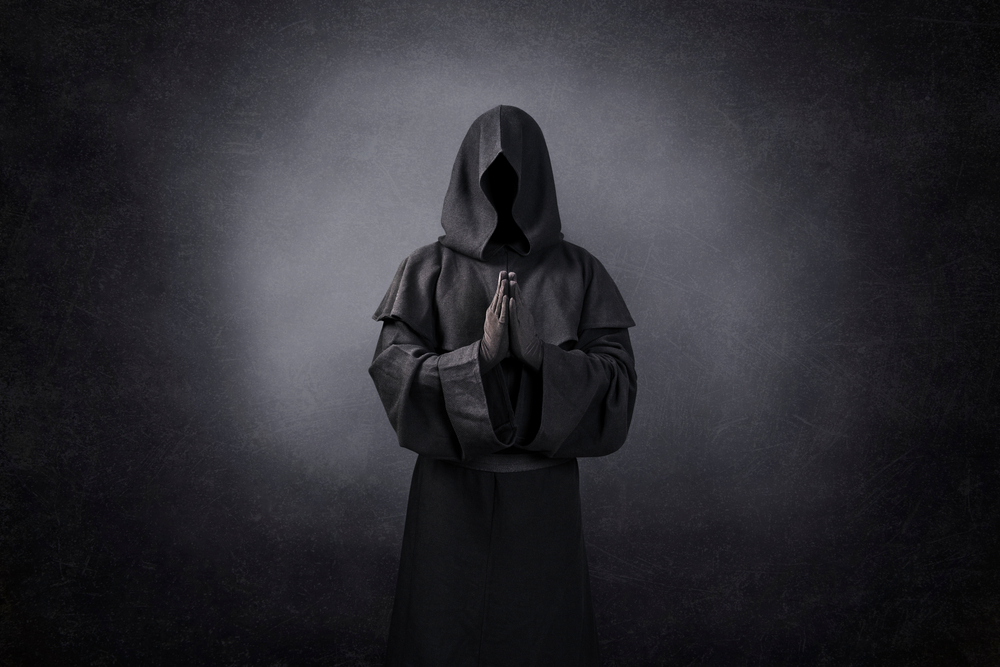
Biblical prophecy and horror collided in The Omen, which told the chilling tale of a child who may be the Antichrist. Gregory Peck played a diplomat who slowly uncovers the terrifying truth about his adopted son. The film’s religious undertones and ominous atmosphere made it especially unsettling for Boomers raised with Christian teachings.
Every scene brimmed with unease, from mysterious suicides to the eerie presence of Damien himself. The chilling score and cryptic warnings from clergy added layers of dread. Boomers were particularly affected by how evil was portrayed not as a monster, but as a child. The Omen didn’t just frighten audiences—it made them question fate, innocence, and the forces that might be beyond our control.
11. Hellraiser (1987)
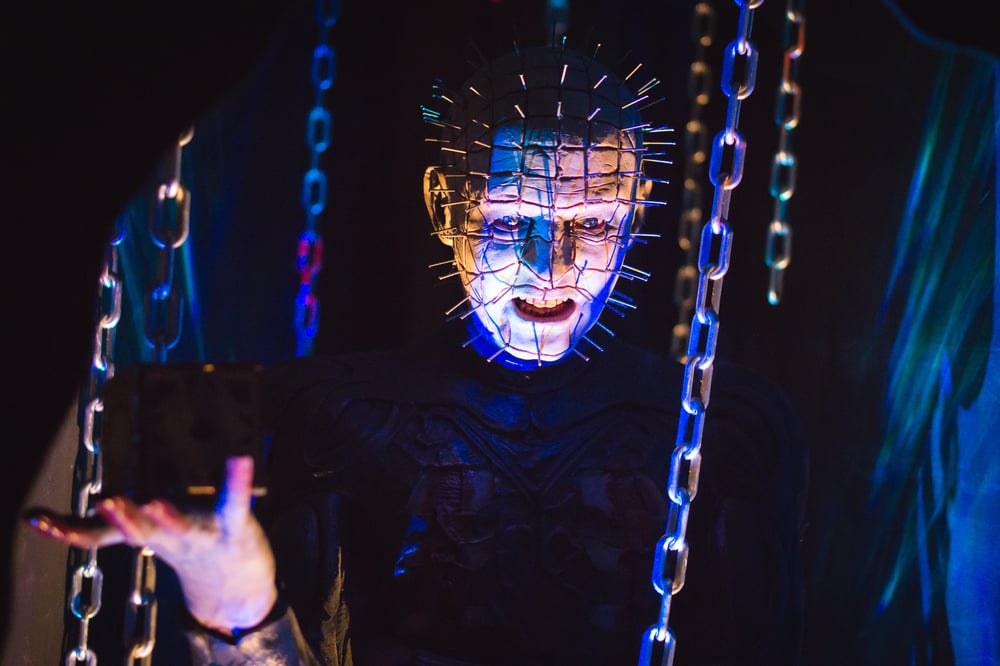
For Boomers who thought they’d seen it all, Hellraiser proved there were darker, stranger places for horror to go. The film introduced the Cenobites—grotesque beings from another dimension who blur the lines between pain and pleasure. Pinhead, with his otherworldly calm and terrifying presence, became an instant icon of horror.
Unlike many slashers of its era, Hellraiser was philosophical, almost poetic in its depiction of torment and obsession. It explored human desire, guilt, and the consequences of seeking forbidden knowledge. Boomers who watched it weren’t just disturbed—they were challenged. The film’s graphic content and unique tone pushed the genre’s boundaries and left viewers reeling with both awe and dread.
